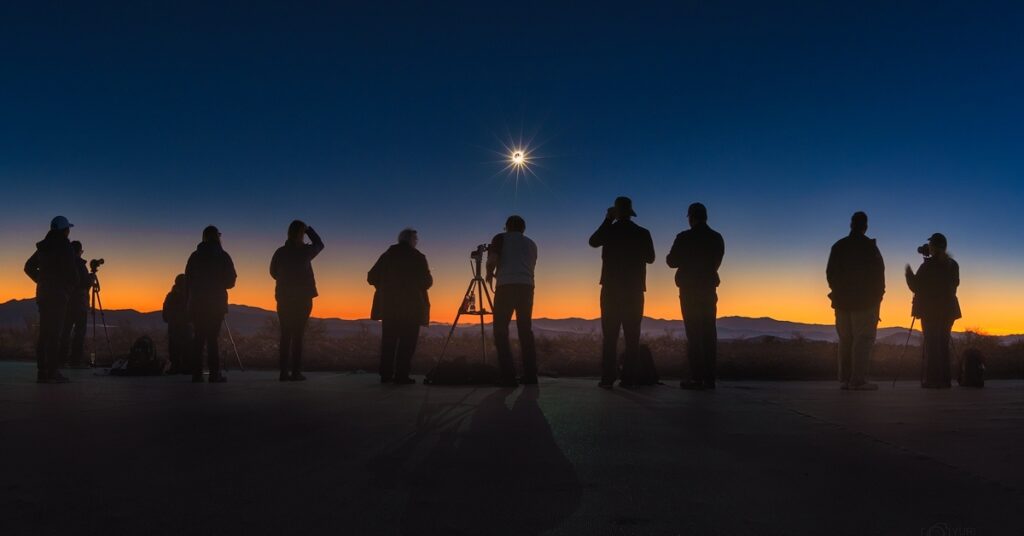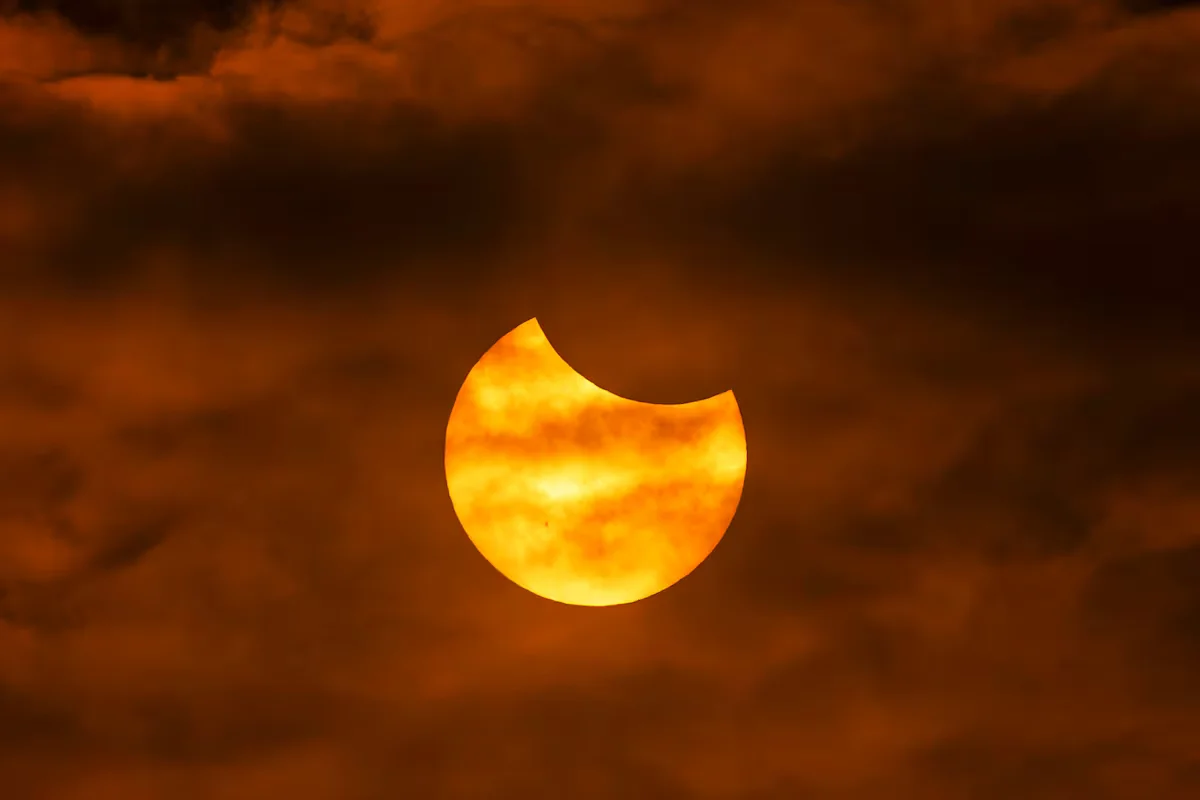As the celestial dance of the universe unfolds, photographers and astronomy enthusiasts eagerly anticipate the upcoming total solar eclipse scheduled for April 8.

This rare astronomical event presents a unique opportunity to witness the cosmic alignment of the sun, moon, and earth, casting a shadow that captivates observers worldwide. For photographers like Michael Specht, a Pixel Camera product manager whose passion for photography ignited in his high school days, the total solar eclipse is a canvas of celestial splendor waiting to be captured through the lens.
Preparing Your Photography Arsenal
Preparation is key to seizing the moment during the total solar eclipse. Michael emphasizes the importance of packing essential gear, including chargers to keep your equipment powered throughout the event and solar filters to protect your eyes and camera sensor from the sun’s intense rays. A sturdy tripod is indispensable for stability, ensuring sharp and steady shots amidst the changing light conditions.
Mastering the Art of Anticipation
Anticipation is the photographer’s ally when capturing the fleeting moments of a total solar eclipse. Before the event, take time to familiarize yourself with your camera’s settings and practice different compositions. Experiment with exposure times and aperture settings to achieve the perfect balance of light and shadow, enhancing the drama and beauty of the eclipse in your photos.
Choosing the Right Tools for the Job

Selecting the right tools can make a significant difference in the quality of your eclipse photos. Michael shares insights on using a tripod to stabilize your camera, allowing for long exposures without blurring. Additionally, consider using remote shutter releases or intervalometers to capture time-lapse sequences of the eclipse’s progression, adding a dynamic element to your photography portfolio.
Harnessing Technology for Optimal Results
Modern cameras are equipped with advanced features that can enhance your eclipse photography experience. Leverage your camera’s auto modes to adapt to changing light conditions seamlessly. Utilize HDR (High Dynamic Range) imaging to capture the intricate details of the sun’s corona during totality, revealing the sun’s outer atmosphere in stunning clarity.
Exploring Creative Perspectives
While the total solar eclipse itself is a mesmerizing sight, don’t limit yourself to traditional compositions. Explore creative angles and perspectives, incorporating elements of the surrounding landscape or nearby celestial objects into your shots. Look for opportunities to juxtapose the eclipse against natural landmarks or architectural structures, adding depth and narrative to your imagery.
Immersing Yourself in the Eclipse Experience
Amidst the excitement of capturing the eclipse through your lens, remember to savor the experience with your loved ones. Share the awe-inspiring spectacle of totality, where day turns briefly into night, and the sun’s corona radiates in a cosmic ballet. As Michael reflects, the memories and emotions evoked by witnessing such a celestial event are as valuable as the photographs themselves, creating a lasting legacy of celestial wonder.
In conclusion, the total solar eclipse of April 8 beckons photographers to embark on a journey of celestial discovery and artistic expression. With careful preparation, technical mastery, and a creative eye, you can immortalize the majesty of this rare cosmic spectacle and inspire others to marvel at the wonders of the universe through your lens.




